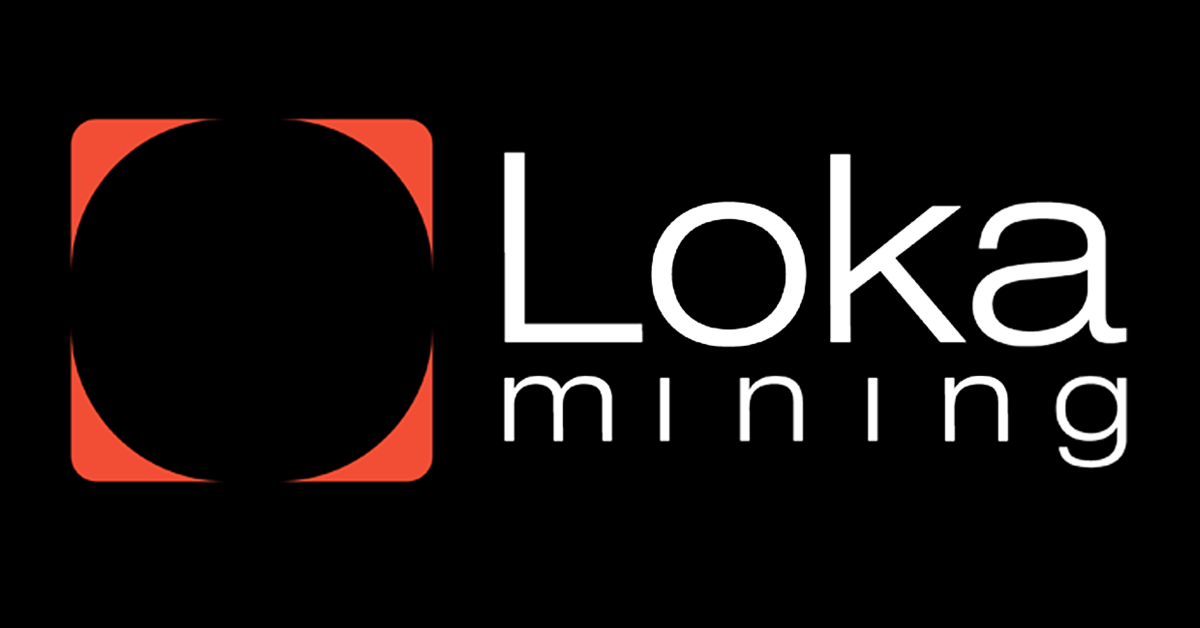Mining Bitcoin Hassle-Free: Unraveling Cloud Mining in the 2025 Crypto Era

In the midst of the cryptocurrency boom, Bitcoin (BTC) mining remains a popular method for generating profits. However, owning costly hardware like ASIC miners and managing sky-high electricity bills isn’t feasible for everyone. That’s where cloud mining comes into play—offering a way to mine Bitcoin without the hassle of managing equipment. But what exactly is cloud mining, how does it work, and is it genuinely profitable? This article explores everything you need to know, including the major risks to consider, so you can make informed decisions in 2025.
What Is Cloud Mining?
Cloud mining is a method of mining cryptocurrency—primarily Bitcoin—by renting computational power (hash rate) from a service provider. These providers operate data centers equipped with advanced hardware (such as the Antminer S19 Pro) and share mining rewards with users based on the hash power they’ve purchased.
Think of it as renting a virtual mining machine: you pay upfront, the provider does the heavy lifting, and you receive the mining rewards.
How Cloud Mining Works
- Choose a Platform: Register with a reputable provider like ECOS, Bitdeer, or Binance Pool.
- Purchase a Contract: Select a hash power package (e.g., 10 TH/s) and duration (30 days to 2 years). Prices range from $10 to several thousand dollars.
- Mining Begins: The provider uses their infrastructure to mine Bitcoin, typically as part of a mining pool.
- Receive Rewards: You receive a share of mined BTC—often daily—after deducting maintenance and electricity fees.
Benefits of Cloud Mining
Cloud mining is particularly attractive to beginners for its ease of use. Key advantages include:
- No Expensive Hardware: No need to invest in costly ASICs ($2,000–$5,000) or GPUs.
- Electricity Savings: Providers absorb energy costs, which can be substantial ($0.10–$0.30 per kWh).
- Beginner-Friendly: Perfect for users without technical expertise in setting up or maintaining mining rigs.
- Flexible Options: Platforms like BeMine offer affordable entry points—starting at $50 to buy shares in mining hardware.
- Global Accessibility: All you need is an internet connection and a Bitcoin wallet.
Risks and Challenges of Cloud Mining
Despite its appeal, cloud mining carries serious risks that could result in significant financial losses. Here’s a closer look at the major pitfalls:
1. Scams and Ponzi Schemes
Some platforms are outright scams, operating as Ponzi schemes where early users are paid with funds from new ones. Mining City collapsed in 2021, costing users millions. Scam indicators include:
- New domains (<6 months old)
- Poor web design
- Lack of team transparency
- Delayed withdrawals with vague excuses
Impact: Total loss of investment, compromised personal data, and damage to trust in crypto.
Mitigation: Research platforms on Reddit, X (Twitter), and Trustpilot. Use whois.domaintools.com to verify domain age. Stick with registered providers like ECOS (Armenia) or Bitdeer (affiliated with Bitmain). Avoid sites promising fixed returns or large referral bonuses.
2. Unpredictable Profitability
Cloud mining profitability is affected by:
- Bitcoin price volatility (e.g., a drop from $70K to $40K)
- Rising network difficulty (increasing ~5–10% monthly)
- High service/maintenance fees
Example: A 10 TH/s contract might earn 0.001 BTC/day ($70 at $70K/BTC) but fall to 0.0007 BTC as difficulty increases. With fees of $0.003–$0.005/TH/s/day, profits may evaporate.
Impact: Reduced returns or outright losses.
Mitigation: Use calculators like CryptoCompare or WhatToMine. Prefer short-term contracts (30–90 days). Monitor Bitcoin prices (CoinGecko) and network difficulty (Blockchain.com). Invest only what you can afford to lose.
3. Hidden Fees
Some providers obscure critical fees:
- Maintenance fees ($0.005/TH/s/day = $50/month for 10 TH/s)
- High withdrawal fees (0.0005 BTC)
- Minimum withdrawal thresholds (0.01 BTC = ~$700)
In many cases, buying an ASIC outright offers better long-term value.
Impact: Eroded profits, trapped funds, and user frustration.
Mitigation: Read contracts carefully. Clarify all fees before signing. Choose transparent providers like Hashing24 or Bitdeer. Compare contract prices with actual mining hardware.
4. Security Breaches and Loss of Funds
Cloud mining platforms are prime targets for cyberattacks. NiceHash, for example, lost 4,700 BTC ($80M) in 2017. Risks include:
- Hacks and fund theft
- KYC data misuse (phishing, identity theft)
- Platform shutdowns (e.g., HashOcean vanished in 2016)
Impact: Lost funds, compromised identity, and lengthy recovery attempts.
Mitigation: Use platforms with HTTPS, 2FA, and strong reputations. Store rewards in personal wallets (Electrum, Trust Wallet). Check site safety with VirusTotal. Avoid shady platforms that require KYC.
5. Mining Centralization
Cloud mining often leads to mining power being concentrated among large players. In 2025, over 60% of the global hash rate is controlled by just five pools (e.g., F2Pool, AntPool), raising concerns about:
- Potential manipulation
- Reduced decentralization
- Regional regulations affecting operations
Impact: Threats to Bitcoin's decentralization and disruption of rewards.
Mitigation: Use providers based in stable regions (Iceland, U.S.). Diversify across multiple platforms. Monitor pool distribution via BTC.com or similar.
6. Liquidity and Withdrawal Issues
Some platforms make withdrawing funds difficult:
- High withdrawal minimums (e.g., 0.01 BTC)
- Delays (e.g., up to 6 months on CryptoMiningFarm)
- Arbitrary account blocks on large withdrawals
Impact: Locked or inaccessible funds.
Mitigation: Test small withdrawals early. Choose platforms with a reputation for consistent payouts. Avoid keeping large balances in internal wallets.
7. Market and Economic Factors
External factors also impact profitability:
- Bitcoin crashes (e.g., 50% drop in 2022)
- Energy price spikes (due to global conflicts)
- Regulatory crackdowns (e.g., Kazakhstan 2022 mining bans)
Impact: Reduced rewards, contract losses, and project closures.
Mitigation: Track market trends (CoinGecko). Choose providers with stable energy sources. Favor short-term contracts in uncertain markets.
Is Cloud Mining Profitable in 2025?
It depends. Let’s break it down:
Key Factors:
- Bitcoin Price: May 2025 forecasts range from $100K to $200K (ECOS), but volatility remains high.
- Network Difficulty: Continues to rise monthly, cutting into earnings.
- Contract Costs & Fees: A 10 TH/s contract may generate 0.0005–0.001 BTC/day ($35–$70 at $70K/BTC), but fees of $2–$5 per day apply.
Scenarios:
- Bullish: BTC at $150K with low fees → 20–50% ROI in 6 months.
- Bearish: High fees and flat BTC prices → potential losses.
Reported Data: Many users on Bitdeer and ECOS report breaking even in 3–12 months (based on Trustpilot and Reddit reviews), though results vary.
Tips for Safer Cloud Mining
To minimize risk and maximize returns:
- Do Your Research: Prioritize reputable providers (ECOS, Bitdeer, Binance Pool).
- Verify Transparency: Check equipment specs, server locations, and proof of hash rate.
- Start Small: Try entry-level contracts ($10–$50) or free trials. Withdraw early to test reliability.
- Calculate Profitability: Use mining calculators to project returns.
- Secure Your Funds: Always use personal wallets. Enable 2FA. Avoid shady platforms demanding KYC.
- Stay Updated: Track Bitcoin price and network difficulty regularly. Favor short contracts in down markets.
Top Cloud Mining Platforms in 2025
| Platform | Highlights |
|---|---|
| ECOS | Beginner-friendly, daily payouts, Armenia-based, starts at $99. |
| Bitdeer | Real hash rate, servers in US & Norway, competitive pricing. |
| Binance Pool | Integrated with Binance ecosystem, ideal for active traders. |
| BeMine | Buy ASIC shares, AI-optimized contracts, low entry ($50). |
| Hashing24 | Bitcoin-focused, Iceland-based, operating since 2012. |
Red Flags of Cloud Mining Scams
- Promises of guaranteed returns (e.g., “2% daily”).
- Overly generous referral bonuses (10–20%).
- No team, equipment, or server transparency.
- Difficult withdrawal process or added deposit requirements.
- Poor website design, HTTP (not HTTPS), or recently registered domains.
Conclusion: Is Cloud Mining Worth Trying?
Cloud mining presents an accessible gateway into Bitcoin mining—especially for those who lack the resources or technical know-how to run hardware themselves. But it’s not without risks. From scams and volatility to security breaches and hidden fees, profits are far from guaranteed.
In 2025, cloud mining can be worthwhile if approached with caution: choose trusted providers, start small, and fully understand the risks involved. Done right, it could offer a hands-off way to participate in the crypto economy.
Ready to start mining? Pick your platform, crunch the numbers, and join the blockchain revolution—wisely.
Disclaimer: This content is for informational purposes only and does not constitute financial advice. Loka is not a financial adviser. Always consult a professional before investing. Do not share personal or identifying information with any platform.
This article presented by Loka Mining.
Loka is revolutionizing the Bitcoin mining ecosystem by directly connecting investors with Bitcoin miners through a decentralized mining pool and an upcoming permissionless forward hashrate marketplace protocol.
Loka enables investors to get Bitcoin at lower than market price without centralized & counter-party risks, and Bitcoin miners to access capital efficient financing and hedge their risk exposure by selling their future mining rewards.
Find out more about loka in https://lokamining.com — or access our mining pool aggregator on https://pool.lokamining.com





